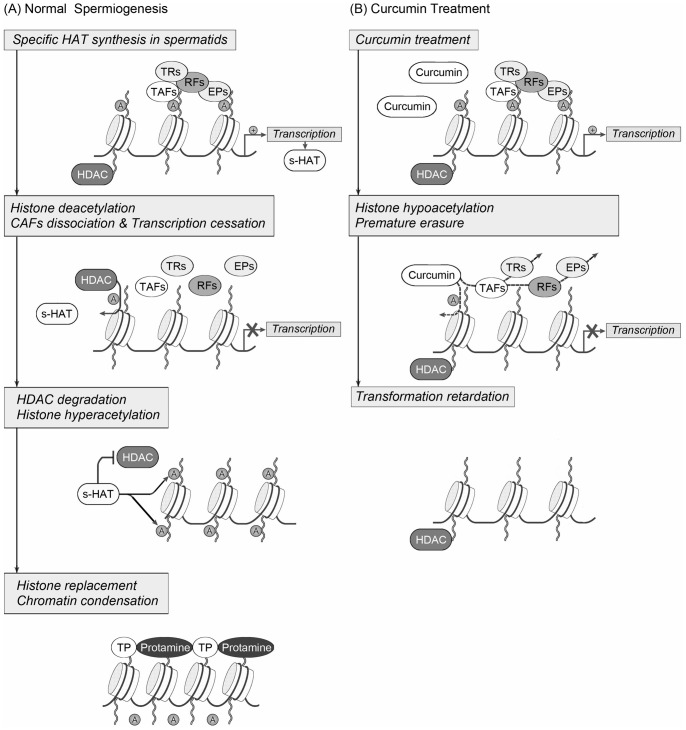Figure 7. A working hypothesis for the molecular mechanisms of reprogramming in mouse spermiogenesis.
(A) During normal spermiogenesis, transcription restarted in spermatids specific HATs were generated. Later, HDACs catalyzed the deacetylation of histones, leading to the CAFs dissociation and transcription cessation. In the meanwhile, the gradually accumulated specific HATs guided the degradation of HDACs, in that case they could induce the histone hyperacetylation in elongating spermatids.The AcH signal then recruited remodeling factors to execute the histone substitution and nuclear condensation. (B) When spermatids were treated with Curcumin, hypoacetylation was induced, resulting in a premature erasure procedure of CAFs and transcription. The spermatid specific HATs were missing, whereas the HDACs retained. At last, the transformation of spermatids was impaired. A: acetylated histones; s-HAT: spermatid specific histone acetylase; HDAC: histone deacetylase; TAFs: transcription associated factors; TRs: transcription regulators; RFs: remodeling factors; EPs: epigenetic modifiers; TPs: transition proteins. (This figure was modified from Tsankova et al. [40]).

